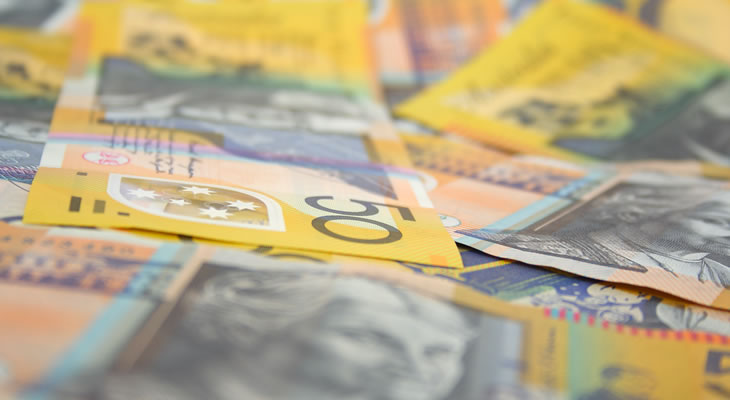The latest comments from Bank of England (BoE) deputy governor Ben Broadbent sent the Pound into a sharp slump, with the chances of an imminent interest rate hike diminishing sharply.
Markets were discouraged as Broadbent maintained the view that he is not yet ready to raise interest rates, increasing the odds of the BoE remaining on hold for some time to come.
This dented the appeal of Sterling significantly, pushing the Pound Australian Dollar exchange rate to a fresh fortnightly low.
However, GBP exchange rates recovered some ground on the back of the latest raft of UK labour market data.
In the three months to May the ILO unemployment rate unexpectedly dipped from 4.6% to 4.5%, indicating that the UK labour market has continued to tighten.
Even so, as wage growth continued to trail far behind the rapid increase in inflationary pressure the resultant boost to the Pound was somewhat limited.
If evidence continues to mount for the BoE leaving interest rates on hold for the foreseeable future the GBP AUD exchange rate is likely to remain biased to the downside.
Further volatility is likely in response to June’s consumer price index report, with any additional uptick in inflationary pressure set to weigh heavily on the mood towards the Pound.
Limited Odds of RBA Hawkishness to Limit Australian Dollar Strength
A modest uptick in the Westpac consumer confidence index helped to shore up demand for the Australian Dollar, meanwhile.
Although consumer sentiment failed to recover entirely from the sharp fall seen in June this improvement was still enough to boost the appeal of the antipodean currency.
Even so, the ‘Aussie’ may struggle to hold onto a positive footing in the coming months thanks to diminished expectations for the Reserve Bank of Australia (RBA) to return to a policy tightening bias.
As Bill Evans, Chief Economist at Westpac, noted:
‘We continue to predict that the Reserve Bank cash rate will remain on hold throughout the remainder of 2017 and 2018. A cautious consumer; a slowing housing market; and a weakening in the labour market with limited prospects of any boost to wages growth all point to another year of steady policy.’
However, if July’s consumer inflation expectation report indicates a greater sense of optimism regarding the domestic outlook the GBP AUD exchange rate may struggle to find a rallying point.
A general weakening in market risk appetite could limit the strength of the Australian Dollar in the near term, though, with investors likely to continue betting on the prospect of another imminent Federal Reserve rate hike.


Comments are closed.